What’s the difference?
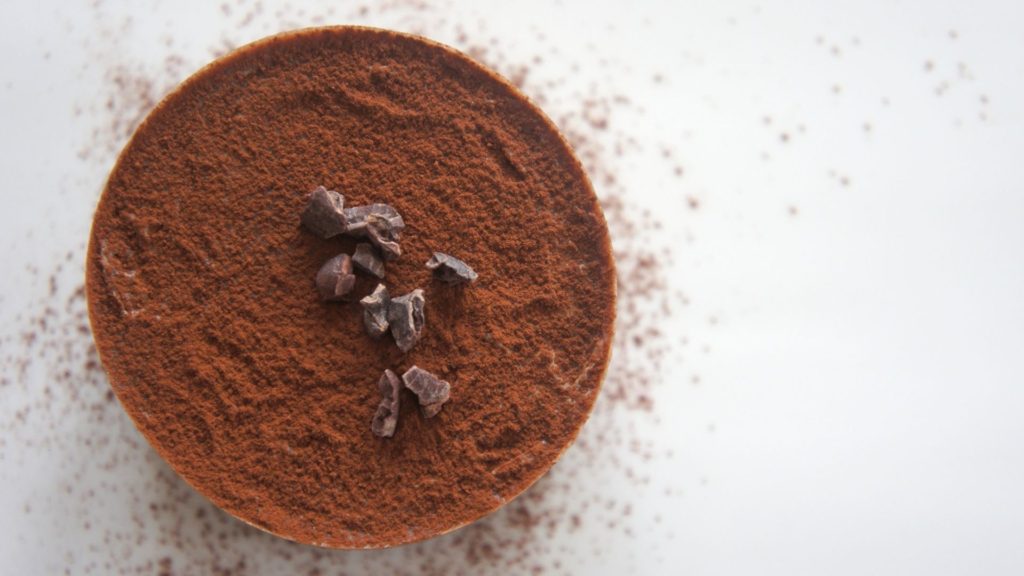
Chocolate, perhaps the world’s most loved food. But apart from a couple of jumbled up vowels, what’s the difference? They look and taste similar, but only one of them is brimming full of health benefits and can be classed as a “superfood”.
The short answer is that raw cacao is the nutrient-dense purest form of cacao and that cocoa is its inferior twin that is highly processed and stripped of nutrients.
Cacao (pronounced ‘ka-cow’) and cocoa (pronounced ‘co-co’) powders look similar and can be used interchangeably. Cacao is closer to its natural state and is bitter in flavour and lighter in colour. Cocoa is further processed resulting in a darker colour and a milder flavour. There are actually three forms of chocolate powder that you may have come across. These could be described as the good, the bad and the ugly!
- Raw Cacao Powder
- Cocoa Powder
- Dutch-processed Cocoa Powder
They all start life the same, it is only the process that determines the powder’s quality. So where does chocolate come from? Chocolate does in fact grow on trees.
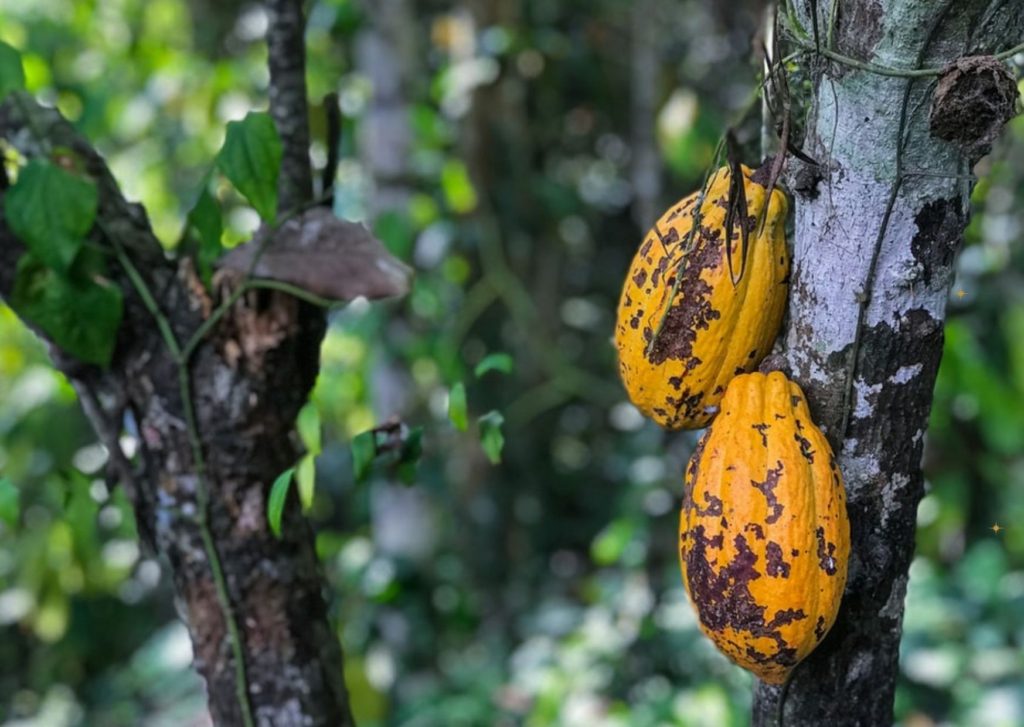
The cacao tree grows around the equator and is native to central and southern America. Its full Latin name is the Theobroma Cacao Tree which literally translates to “food of the Gods”. Theo = God + Broma = Food.
The use of cacao can be dated back to over 5,000 years ago where ancient civilisations from the Olmecs to the Mayans and Aztecs prized cacao as a sacred crop. Cacao was first consumed as a warm frothy drink made with crushed cacao, water and chilli, called “xocolatl” which translates to “bitter water”, very different to the sweet and milky hot chocolate we know today. Xocolatl is thought to be where the word chocolate derives from. Cacao was valued higher than gold and was originally only enjoyed by the elite who were said to use it in ceremonies to connect with the divine. Cacao was known for it’s spiritual and medicinal properties. It was later used to celebrate joyous occasions such as weddings, births and festivals and even used as currency.
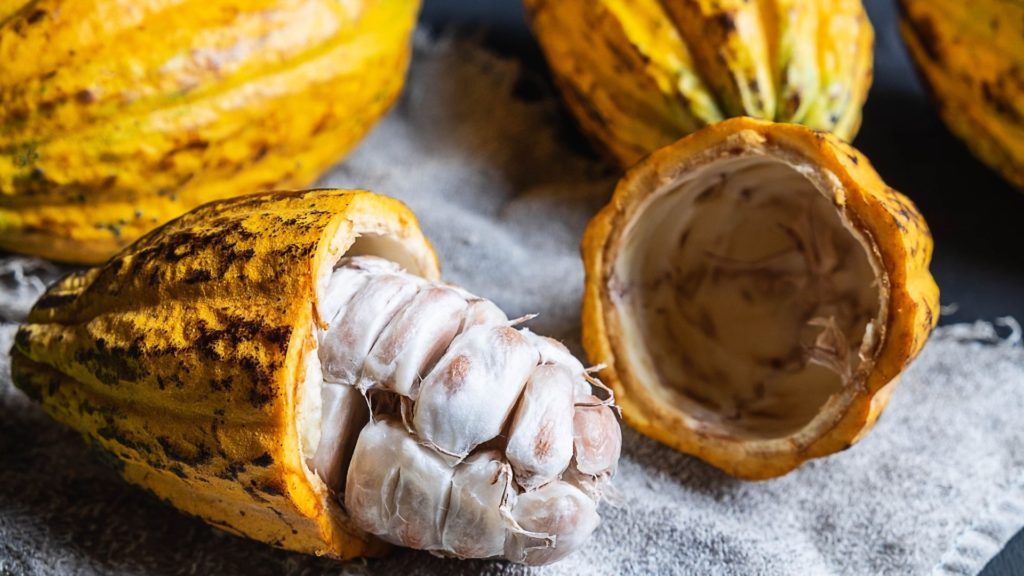
Cacao pods are the fruit of the cacao tree that grow on the trunk , rather than on the branches. There are between 20-50 seeds inside each pod, although they are technically a nut we refer to them as cacao beans, much like coffee. The cacao beans are fermented, dried, roasted or cold-pressed and ground to make cacao or cocoa powder. It is the roasting or cold-pressing process that separates cacao from cocoa. Cacao is raw, unroasted and cold-pressed. (The definition of raw is anything heated up to 42°C, some cacao is therefore roasted at very low temperatures, which is considered raw.) Cocoa is roasted at high temperatures up to 150°C. Some believe that roasting the beans enhances the flavour, resulting in a less bitter taste, however, it is the roasting process that destroys many of the nutritional benefits. During this process, the fat is separated from the solids, which produces cacao/cocoa butter and cacao/cocoa powder.
FERMENTED → DRIED → ROASTED or COLD-PRESSED → GROUND
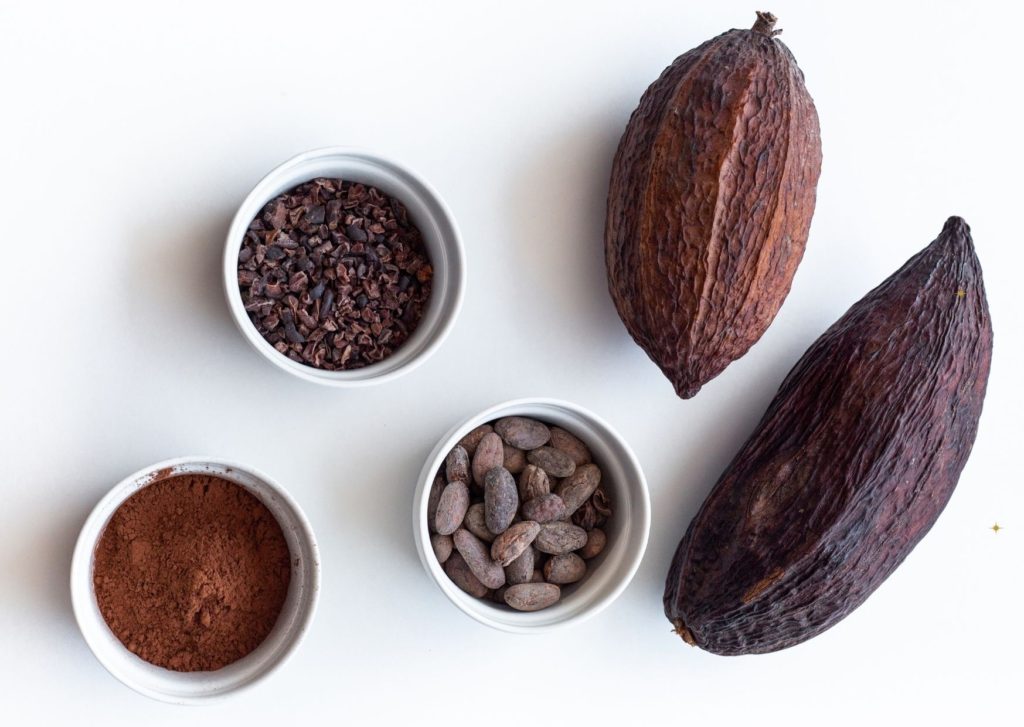
The Spanish discovered cacao in the mid 16th century and took it back to Europe. Cacao is said to be a Spanish adaptation of the ancient Olmec word Kakow. The Europeans began to add sugar and milk to cacao to make it more palatable. In the early 1800s, a Dutch chocolate maker introduced what we call dutch-processing also known as European-style or alkalised. The Dutch-processing involves a further processing step where the beans are neutralised by washing them with an alkaline solution of potassium carbonate. (You will see this listed on the ingredients.) This results in a darker powder and milder flavour, although it is also believed to further destroy the nutritional values of the original cacao bean.
It is thought that the purest raw form of cacao offers the highest amounts of health benefits and that the more processed the cacao is, the fewer benefits it will offer. Cacao nibs are the purest form, these are the little fragments of the whole raw cacao bean which are broken off after the fermenting and drying process, before any other processes are applied. Cacao nibs are therefore the whole form containing the cacao powder and cacao butter before these are separated.
HEALTH BENEFITS OF CACAO
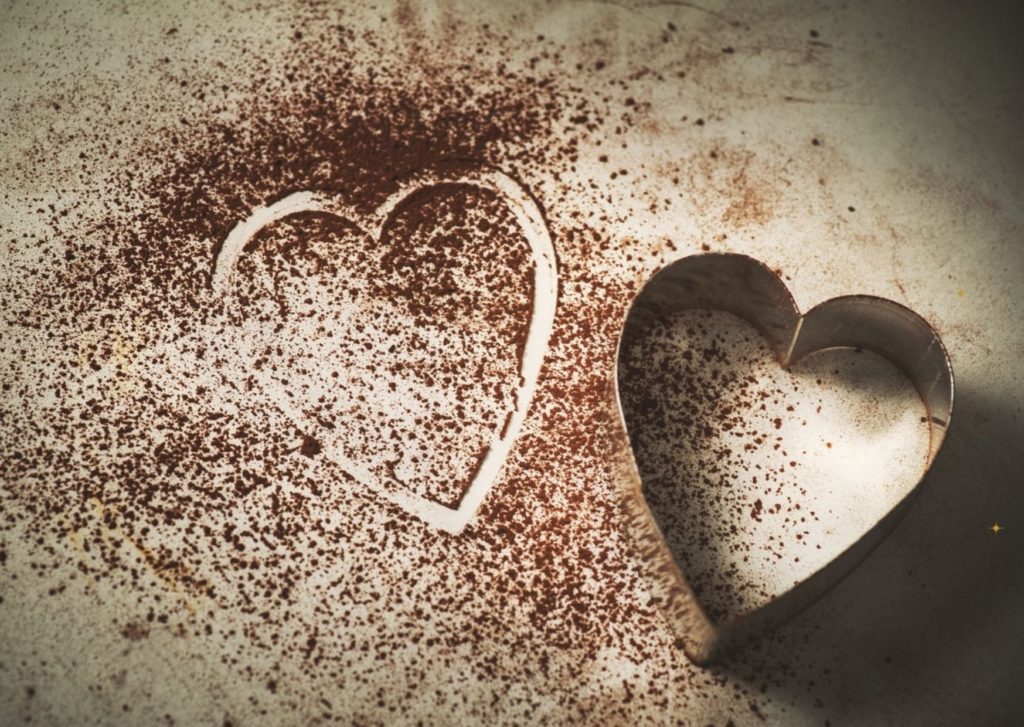
If coffee beans are known to ignite the brain, then cacao beans are known to open the heart. Cacao’s heart-opening abilities are thanks to its very unique blend of special compounds which improves the function of the heart both physically and emotionally.
HIGH IN ANTIOXIDANTS
Cacao is one of the most antioxidant-rich foods in the entire world! Rating higher than green tea, red wine, goji berries and blueberries. The ORAC test is used to measure the antioxidants ability to absorb free radicals (a.k.a. toxins that come from our environment, such as pollution). Cacao tested contained over 40 times more antioxidants than blueberries with an ORAC score of 98,000 compared to blueberries at just 2,400. Although these results were only found in raw cacao, in comparison, Dutch-processed cocoa was shown to have 60-90% less available antioxidants.
RICH IN MINERALS
Cacao is high in copper, manganese, iron, magnesium, phosphorus and also contains good amounts of zinc, potassium, selenium and calcium.
Cacao is one of the best plant-based sources of iron. Gram for gram cacao has three times more iron than beef and nearly five times more than spinach. Beef: 5.5g, Spinach: 3.6g, Cacao: 17.4g per 100g. Although it is worth remembering your portion sizes, for example, the size of a piece of steak is likely to be a lot larger than a piece of chocolate. Iron is essential to prevent anaemia. Vitamin C has been proven to aid the absorption of iron, so combine cacao with oranges or strawberries for a tasty and nutritious treat.
Cacao is also one of the planet’s highest food sources of magnesium. Magnesium is said to be the most deficient mineral in the western world. Magnesium is essential for a healthy heart, brain, bones and muscles. Adequate amounts of this alkalising mineral improves the blood flow in our veins and arteries, which prevents high blood pressure. Magnesium is also known to promote a good night’s sleep. The RDI of magnesium is 400mg, raw cacao contains 499mg per 100g, so one tbsp of raw cacao will give you about 40mg of magnesium counting towards 10% of your recommended daily intake. Raw cacao has significantly higher levels of magnesium when compared to cocoa, at about 30% more.
VITAMIN C
Raw cacao is one of the only nuts or seeds to be high in vitamin C, however, this only applies to raw cacao, as all vitamin C is lost in any heating process. One serving of raw cacao nibs (one ounce or 28g) contains about 20% of your RDI.
FIBRE
Cacao is high in soluble fibre. Fibre is essential, not just for healthy bowels, but also to regulate blood sugar and promote good cholesterol. Just 2 tbsp of cacao powder can provide over 4g of fibre, counting towards your RDI of 30g.
MOOD ENHANCER AND ANTIDEPRESSANT
Cacao contains a very unique mix of mood-boosting chemicals.
- Serotonin, the “feel-good hormone”.
- Tryptophan, the precursor for serotonin.
- Tyrosine the precursor for dopamine, also known as the “happy hormone”.
- Anandamide, known as the “bliss molecule”. A cannabinoid endorphin produced after exercise. Cacao is the only plant known to contain anandamide.
- Phenylethylamine (PEA) also known as the “love chemical”, which our body produces when we fall in love.
- Theobromine, a chemical relative to caffeine, but not a stimulant, believed to have aphrodisiac qualities.
So perhaps it is no wonder that chocolate is the world’s favourite gift of love!
NUTRITIONAL VALUES
CACAO NIBS ENERGY: 670 kcal FAT: 51.6g CARBOHYDRATE: 29.4g FIBRE: 23.4g PROTEIN: 12.4g per 100g
CACAO POWDER ENERGY: 352 kcal FAT: 11g CARBOHYDRATE: 19.5g FIBRE: 32.5g PROTEIN: 27.8g per 100g
CACAO BUTTER ENERGY: 901 kcal FAT: 99.9g CARBOHYDRATE: 0g FIBRE: 0g PROTEIN: 0g per 100g
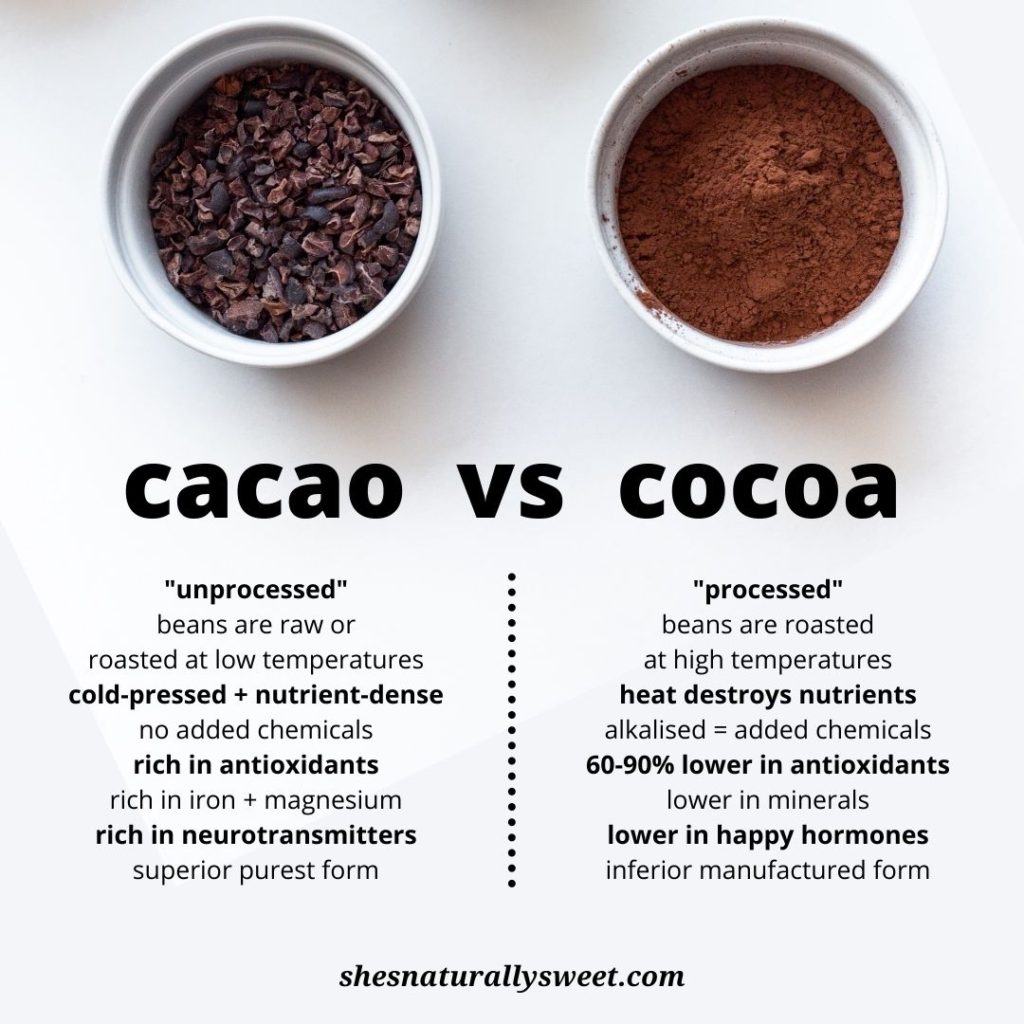
CACAO – THE BETTER, HEALTHIER, OPTION
So, it’s not necessarily that cocoa is “bad”, it’s just that cacao is far better. Essentially you are getting more “bounce to the ounce”. Amazingly, chocolate – without sugar or dairy – is classed as one of the most nutrient-dense foods on the planet! One of the best reasons cacao can, and should, be enjoyed in small amounts on a daily basis.
When looking for a good quality dark chocolate, the higher the percentage of cacao, the higher the nutrients, 70% and above is where you will be rewarded with the cacao-loving benefits. When choosing a chocolate bar avoid vegetable fats and artificial sweeteners, a good quality chocolate should contain: cacao powder, cacao butter and a small amount of minimally processed sweetener, like coconut sugar. Better still, try making your own chocolate goods, use raw cacao in a similar way to how you would cocoa in shakes, raw desserts and baked treats. Cacao nibs can be used similarly to chocolate chips, add them to trail mixes and energy bars, or as a topping to breakfasts and desserts to add an extra nutritional crunch.
CHOCOLATE: “FOOD OF THE GODS”
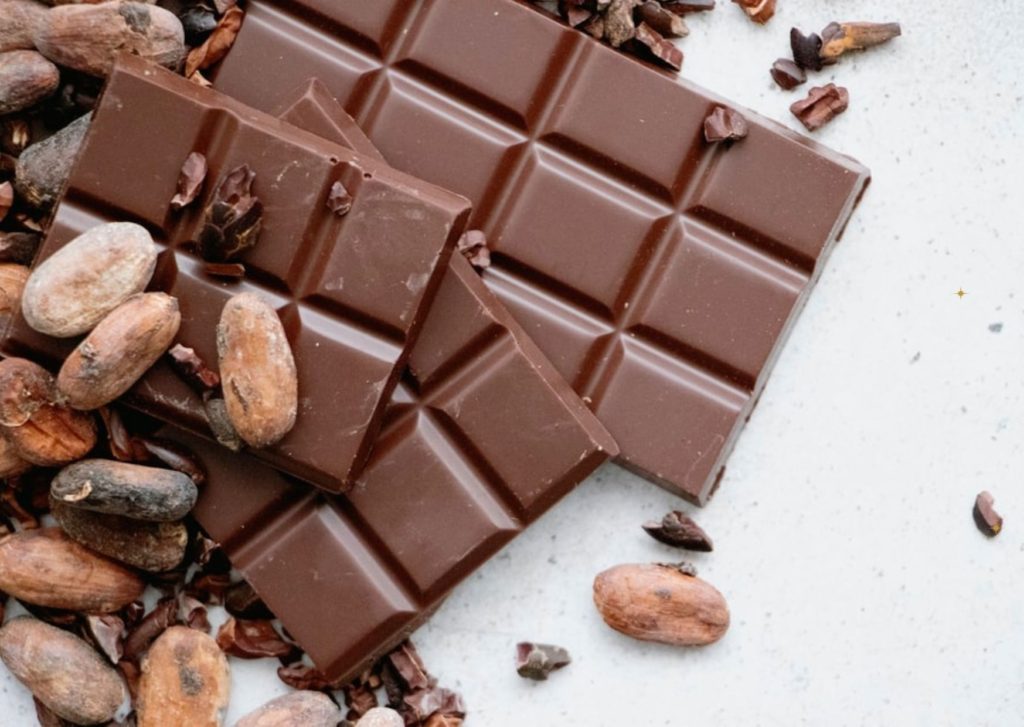
Shop Raw Cacao Products
affiliate links – please read my disclosure here
Cacao Recipes
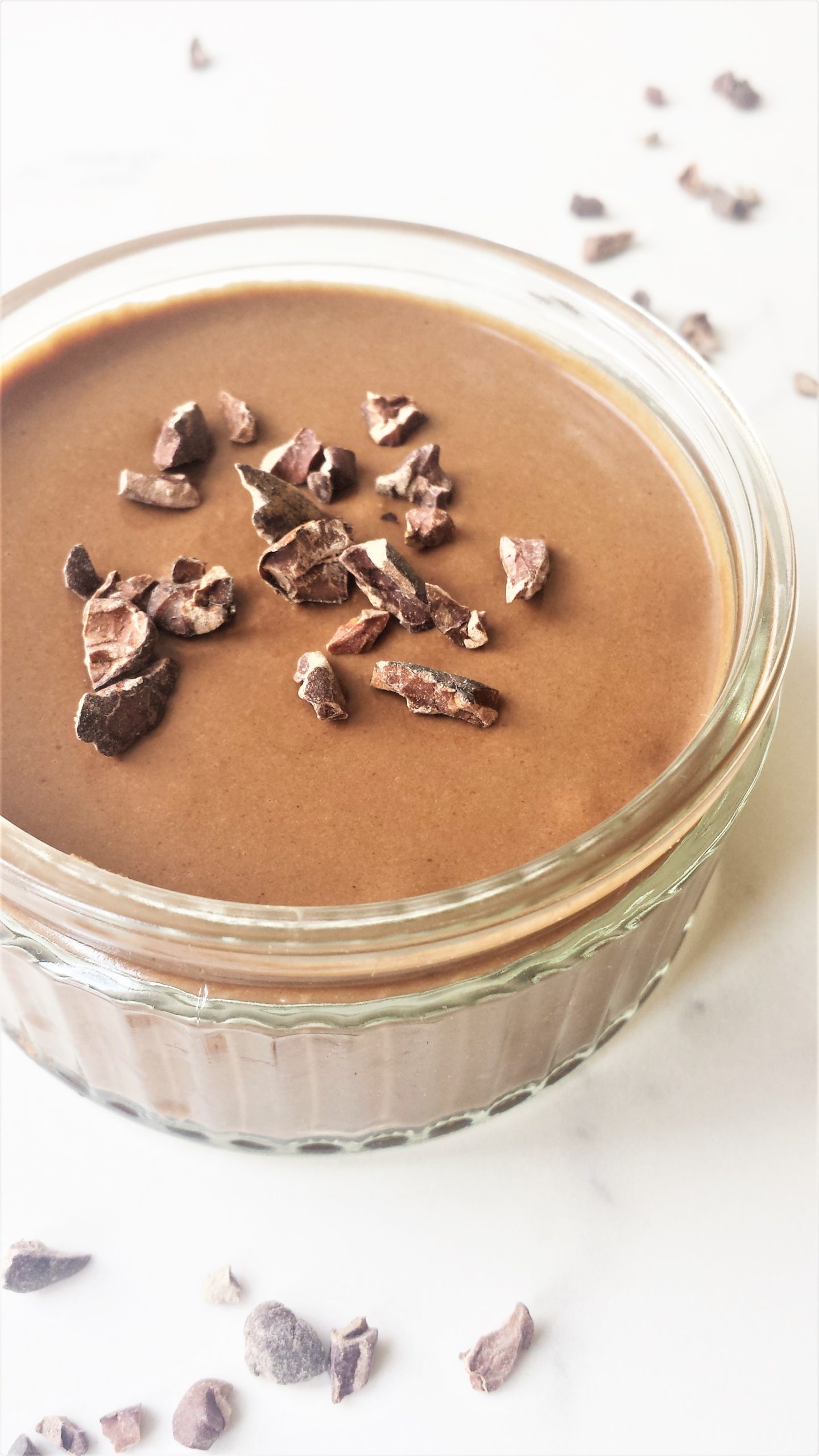
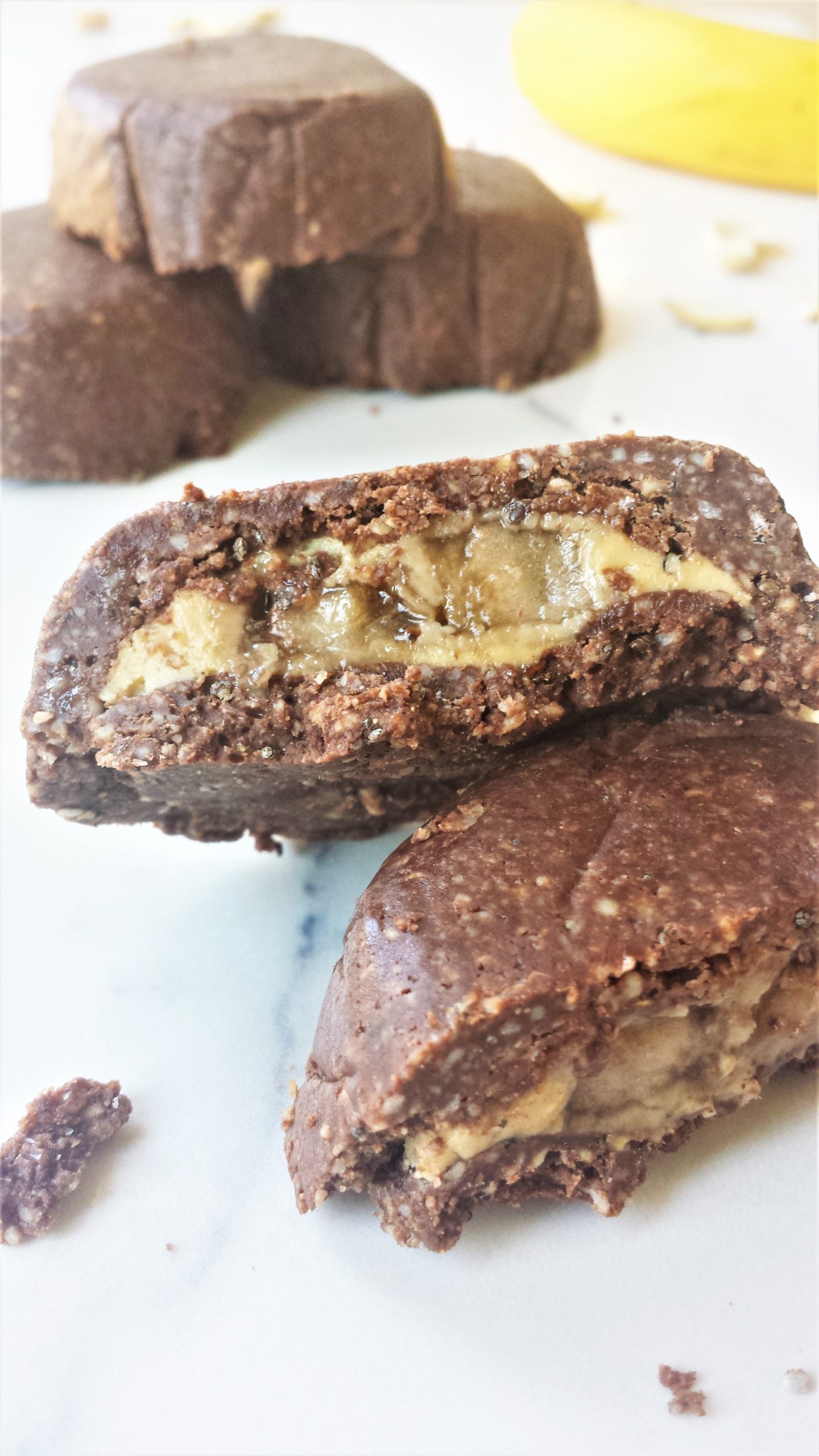
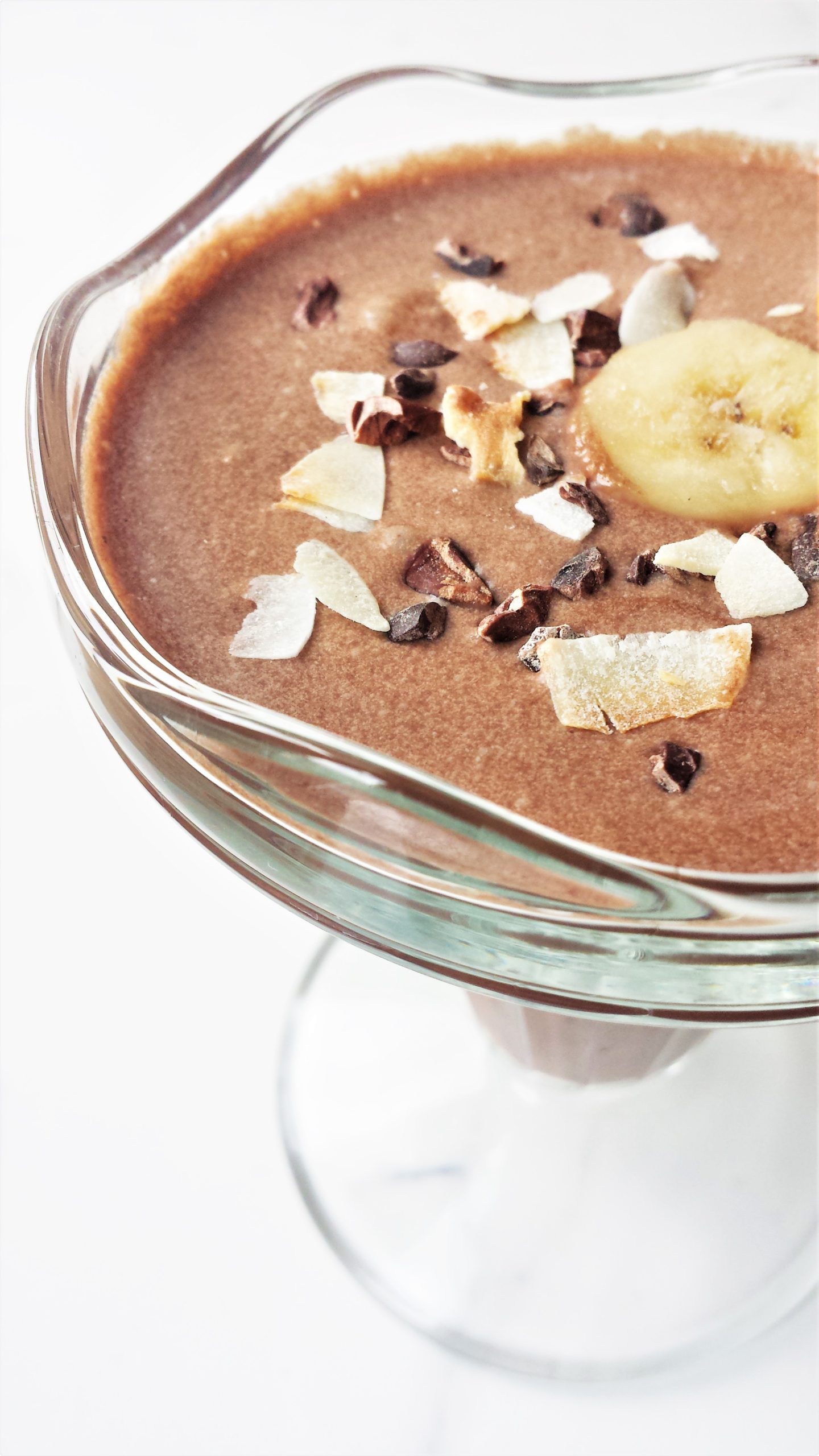
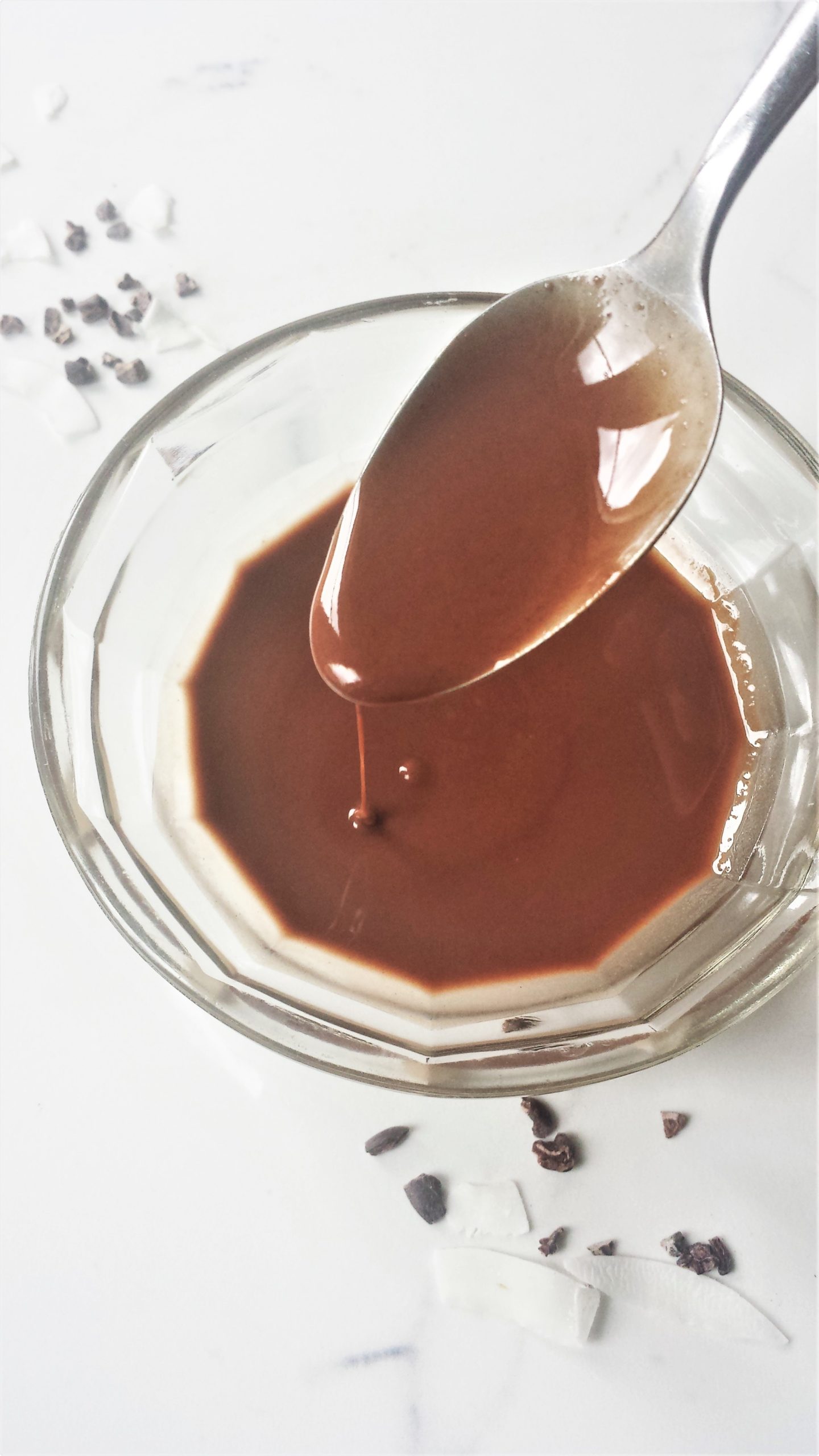
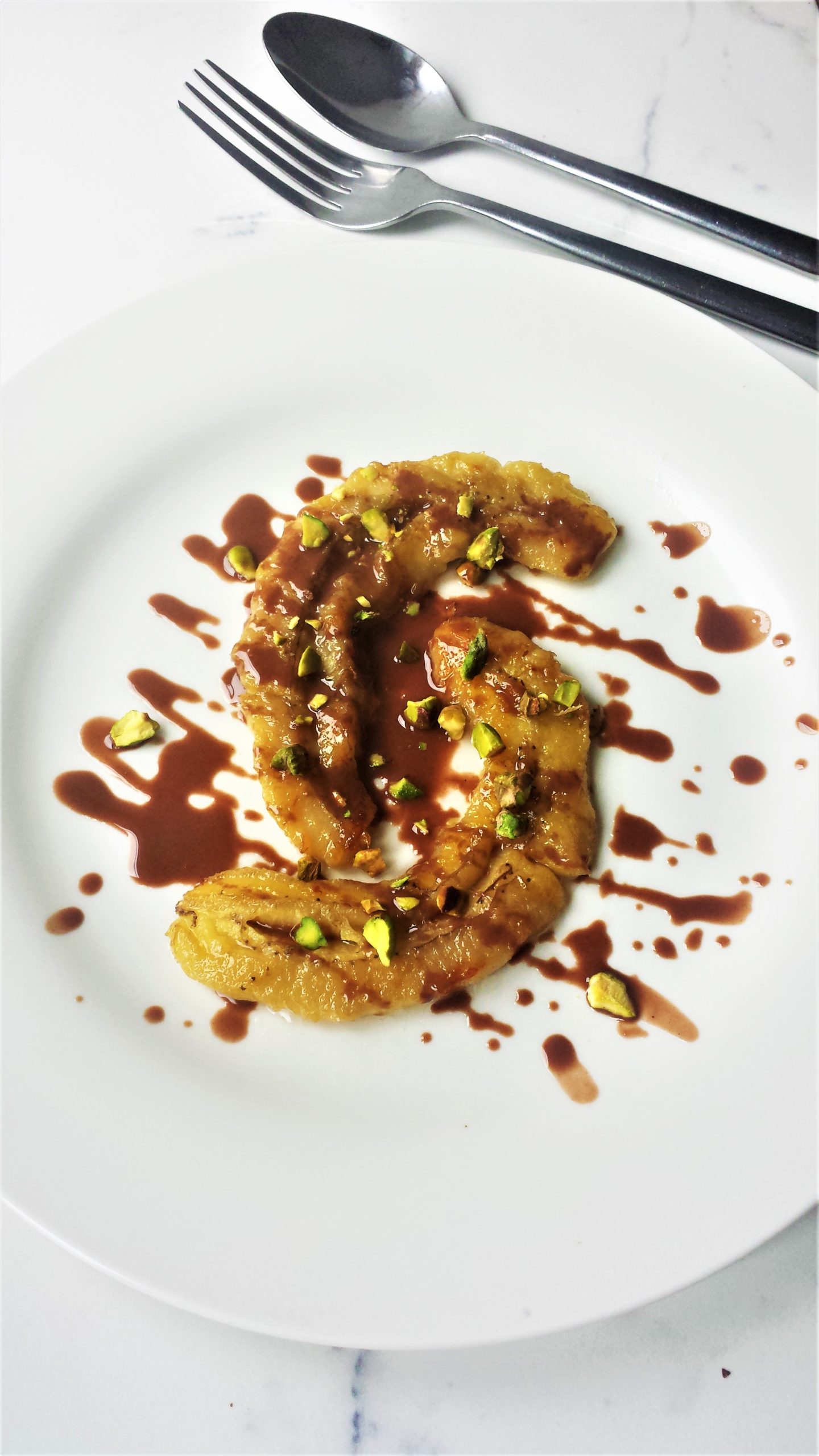
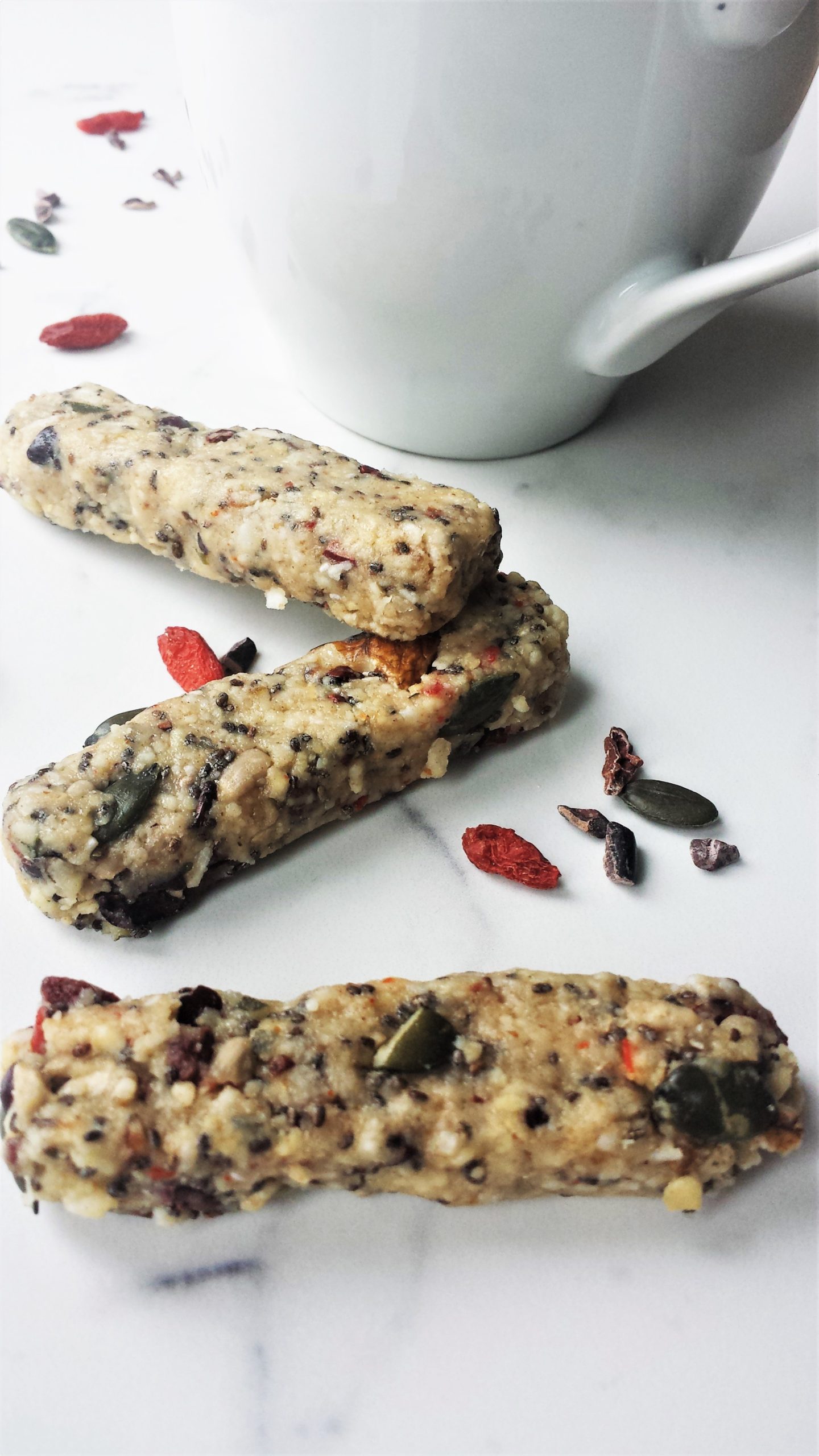
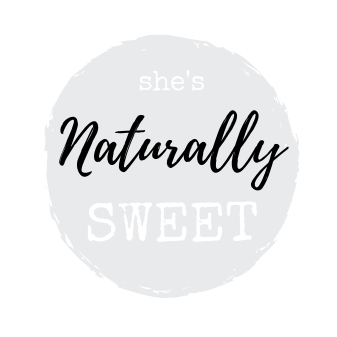
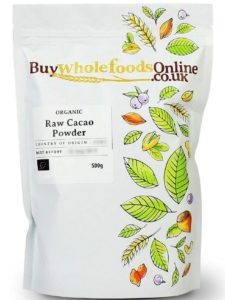
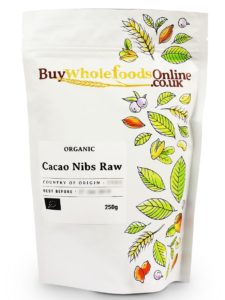
Leave a Reply